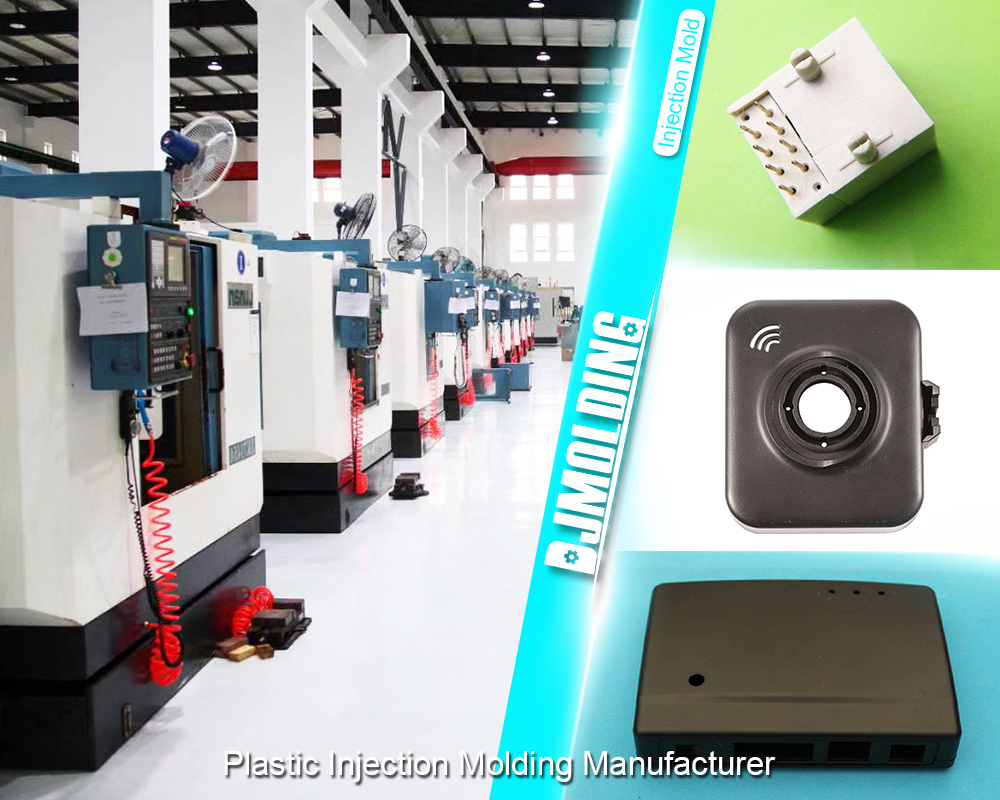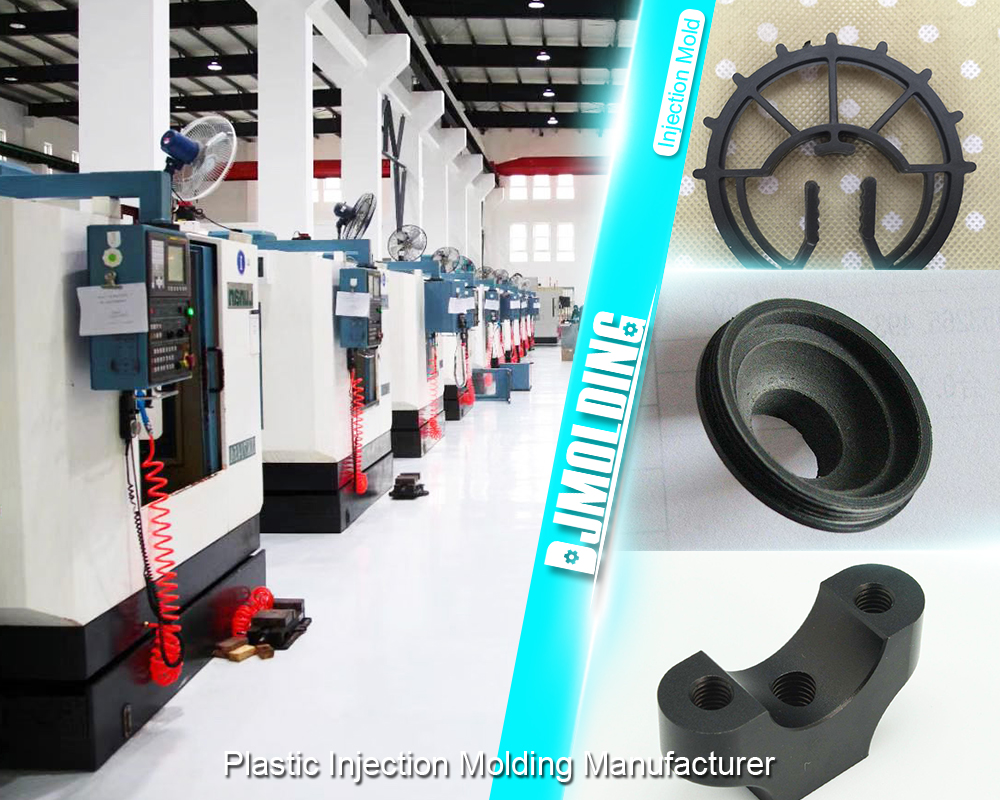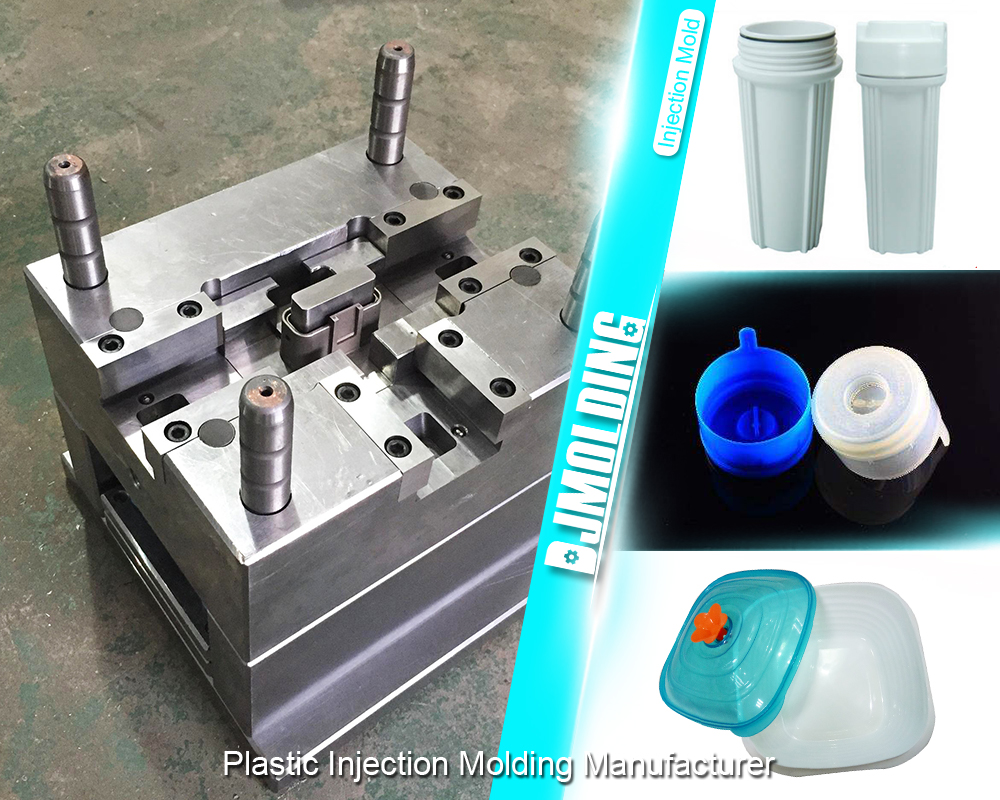Low-Volume Manufacturing Processing And Method Selection For Plastic Parts Low-Volume Production
Low-Volume Manufacturing Processing And Method Selection For Plastic Parts Low-Volume Production
The consumer production industry has continued to see a rise in the demand for custom and niche products. Low volume manufacturing processes are now available for businesses to test the market or produce custom products. There are a lot of opportunities and rewards for business owners who choose this production method. This post highlights all that a business owner needs to know with this manufacturing process.

The definition of low-volume manufacturing processes
Low-volume manufacturing is a production model whereby goods are produced in small quantities. This type of production process is typically used in niche markets as well as in the making of specialized or custom products. Low-volume production is also applied for initial production or prototyping before proceeding with high-volume production processes. With this manufacturing process, the manufacturer is limited to making products in smaller quantities. It usually involves the use of a slightly different manufacturing technique which is useful for smaller production batches. This manufacturing process supports product customization and flexibility. It also enables product testing without the need for extensive production costs.
Low volume manufacturing processes: Important facts for businesses to consider
As a business owner, you want to understand the pros and cons of low-volume manufacturing processes. When you know these, they will properly help you to easily navigate the market. With this production process, these are what you should know:
Opportunities for prototyping: As a business owner, you may have a new product idea. This manufacturing process is usually used for prototyping. You can use this production technology to test your products and refine their features before committing to mass production.
Knowing product lead times: Low-volume manufacturing allows businesses to understand production lead times. This is a production constant that tends to vary based on the method of production that you choose. The product complexity can also affect this important feature.
Assess your manufacturing model for possible scalability: A business owner can use low-volume production processes to see if their facility can be scaled up. It allows them to access production runs to identify scalability just in case there is an increase in product demand in the future.
Understand how to select materials: In low-volume production processes, small businesses need to choose cost-effective and quality materials. This is because materials tend to greatly affect the general cost of production.
Make sure you can rely on your suppliers: You need to choose suppliers that you can trust and rely on. They should be able to consistently supply quality products, especially within the specified time frame.
Make sure of proper quality control: With low-volume production processes, you should ensure that you check the batches for quality as it can easily be a source for mistakes. At this level of production, you may want to implement effective quality control measures.
Allowances for design changes and improvements: Some methods of production offer increased flexibility when it comes to design changes and customization. This is extremely beneficial if you are considering low-volume manufacturing processes.
Consider the costs involved: Business owners need to consider the costs involved in starting low-volume manufacturing processes. Because this form of production comes with a fixed setup cost, it can be quite costly per unit. One way to minimize production costs is to make use of CNC machines, 3D printers, or low-volume injection moulding with increased cost-effectiveness for small production runs.
Types of production machines needed for low-volume manufacturing processes
If you are a business owner, you should consider the type of machine that you need for low-volume manufacturing. There are several options for a small business and each has its limitations and advantages. So, it is important to choose the most suitable option which will depend on a range of factors. If you are considering low-volume manufacturing, then these are the available machine technologies:
- 3D printing machines
- CNC machines
- Injection molding
- Vacuum casting
- Sheet metal fabrication
- Rapid tooling
- Die casting
- Composite layup

Important features of the low-volume manufacturing processes
Several unique features come with the low-volume manufacturing processes. As it caters to production in smaller batches, it comes with key features such as:
- High design flexibility: It features a manufacturing process that comes with enhanced product design flexibility. This means that designs can be easily customized and changed. This is why it is ideal for the production of specialized or niche products.
- Lower costs involved: Low-volume manufacturing processes usually involve a setup needed for smaller production runs. As mass production comes with higher unit costs, low-volume production reduces the initial investment involved because it involves the production of goods in smaller batches.
- Easily customize your products: This is a production model that allows business owners to produce products for niche markets or based on particular customer requests. This is possible because of the ability of these manufacturing processes to be easily adapted to changing design specifications.
- For quickly producing prototypes: One of the challenges for business owners with new product ideas is how to quickly produce prototypes. With low-volume manufacturing processes, they can easily create prototypes for presentations. It also allows them to test out their new products before they commit to mass production. At this point, low-volume manufacturing technologies make it possible for improvements and changes to be done to the product.
- Works with a wide range of technologies: Low-volume manufacturing processes are known to be compatible with a wide range of technologies. It means that as a business owner, you can make use of various production technologies. These involve the use of rapid tooling, CNC, or 3D printing machines to be able to handle various materials and complexities of products.
- More focused quality control measures: Low-volume manufacturing processes support smaller production runs. With this production model, manufacturers have the opportunity to easily inspect each product’s output closely. It is an activity that is quite difficult with high-volume manufacturing processes. This means that business owners can easily enhance their quality control processes by ensuring that each product meets expected quality and standards.
For more about the low-volume manufacturing processing and method selection for plastic parts low-volume production,you can pay a visit to Djmolding at https://www.djmolding.com/low-volume-manufacturing-service/ for more info.




